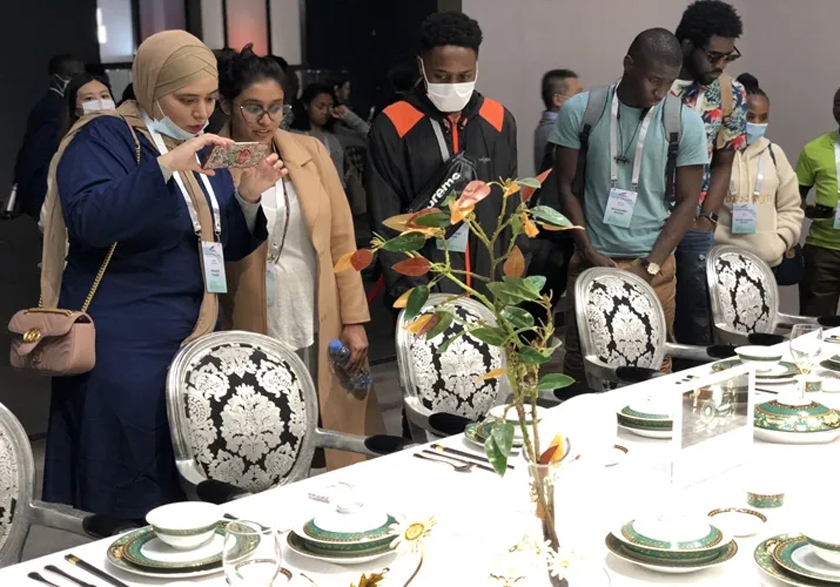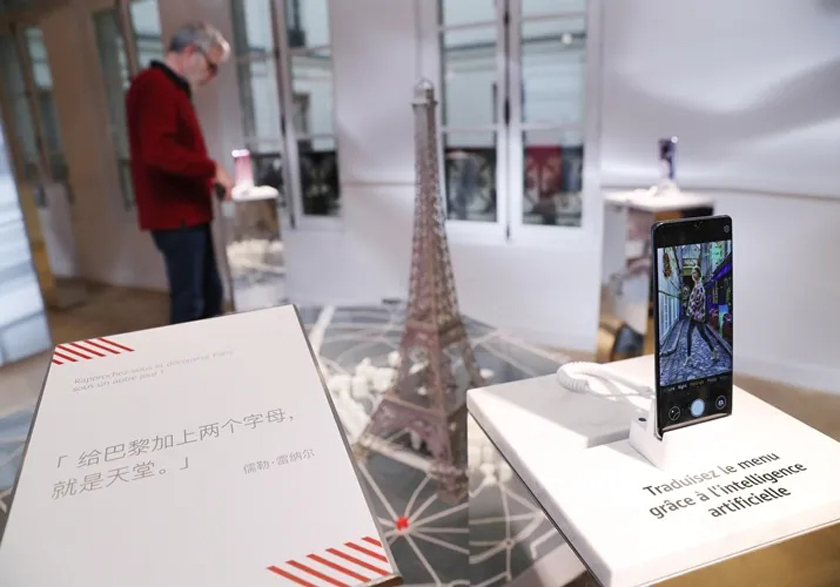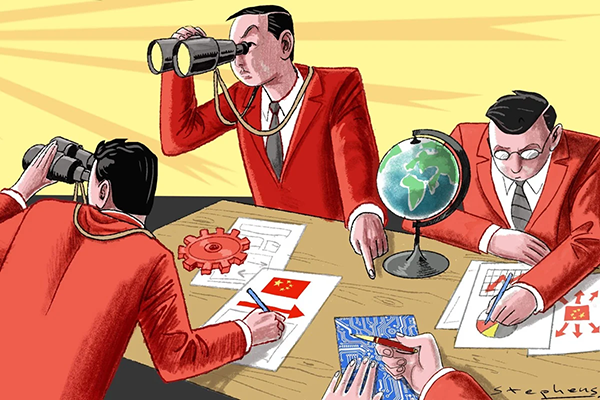Wang Huiyao: Hotspots for Chinese diplomacy in the post-COVID era
November 23 , 2020
African youth representatives appreciate porcelain products at the Jingdezhen Ceramics Museum during the Fifth China-Africa Youth Festival in Jingdezhen, Jiangxi Province, on October 28(XINHUA)
By Wang Huiyao | Founder of the Center for China and Globalization (CCG)

China and Africa
Moving south from Europe, the 14th Five-Year Plan period will see China continue to forge ties across Africa, a continent with enormous potential yet also with considerable infrastructural and industrial bottlenecks that have previously hindered its development.
Under the old model of international specification of labor, for a long time, African economies had tended to be stuck at the lower ends of global value chains due to insufficient funding and lack of technical support. In recent decades, local dynamism, together with increased foreign investment and cooperation, has helped to catalyze the transformation of African economies. Amid the wave of digitalization, more firms are adopting globalization strategies which target the African market. The continent holds great potential for development and is expected to grow into the next “factory of the world.”
China and Africa share a huge potential for cooperation as the two differ in terms of comparative advantages and levels of industrialization. China’s trade with Africa increased 20-fold from $10 billion in 2000 to some $207 billion in 2019 under the framework of the Forum on China-Africa Cooperation and the Belt and Road Initiative. Over 3,700 Chinese enterprises have invested and started businesses across Africa, providing a strong driving force for sustained regional economic growth. The FTA signed between China and Mauritius in October 2019 was China’s first FTA with an African nation. As the Africa Continental Free Trade Area develops, China can launch FTA negotiations with more African countries, and even explore a deal with the African Union.
In the context of current Sino-U.S. tensions, exploring new markets in Africa opens promising opportunities for Chinese enterprises, despite various challenges such as lack of deep knowledge and understanding of local realities and gaps in terms of infrastructure and professionals. Overcoming these obstacles requires that governments, enterprises, and industry associations cooperate to build more platforms and launch supporting policies.
Belt and Road cooperation
China should seek to establish more partnerships and “multilateralize” the Belt and Road Initiative, which covers all three regions discussed as well as those further afield. Incorporating the initiative under the UN’s framework of governance can be part of these efforts. The UN faces challenges of its own and the need to reinvigorate the organization has been highlighted by its struggle to mount a collective response amid the pandemic. The Belt and Road Initiative is a useful vehicle to help achieve this, being well aligned with the UN’s 2030 Agenda for Sustainable Development. There are more than 130 countries and international organizations participating in the initiative. Coordination could be enhanced by a Belt and Road Initiative-oriented agency established under the UN structure.
Likewise, China can also seek to align the Belt and Road Initiative more closely with other international institutions. To foster greater movement of goods, capital and people linked to the initiative, rules and standards need to be streamlined. The World Trade Organization, the World Bank, the International Monetary Fund, the International Organization for Migration, and the International Labor Organization are among the partners that can help determine a regulatory framework for Belt and Road Initiative-related issues.
International cooperation has suffered in recent years under the weight of populism, protectionism and now the pandemic. As President Xi Jinping said, “We need to build trust rather than second-guess each other; we need to join hands rather than throw punches at each other; and we need to consult rather than slander each other.” Hopes for COVID-19 vaccines raise the prospect of opening a new, brighter chapter for the post-pandemic world, but there is still much work to be done.
To achieve the goals set by the 14th Five-Year Plan, China needs to work more closely with partners in Asia, Europe, Africa, and beyond.
Topical News See more






